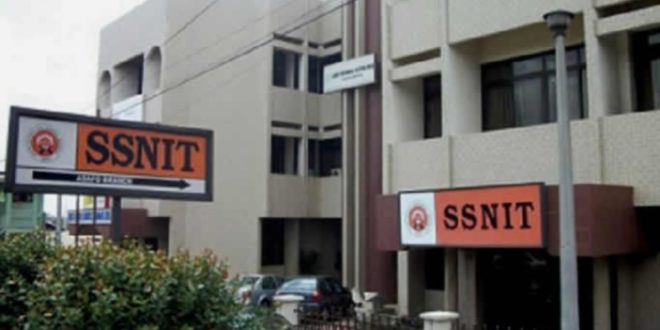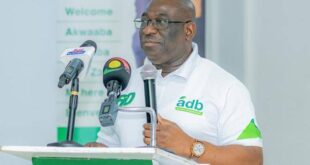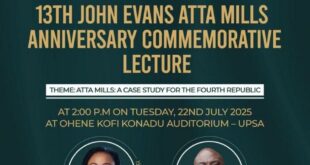The second tier of the country’s pension scheme is better placed to make relief payments to workers affected by the novel coronavirus (COVID-19), rather than from the Social Security and National Insurance Trust (SSNIT), an analysis of the pensions scheme, has shown.
With the National Pensions Act making the Tier 2 contribution mandatory, but with a one-time lump sum payment when a contributor retires, it is easier to provide relief to workers from such funds, instead of the SSNIT scheme, which has a complex computation system, which could distort the future computation of payment.
Section 98 of the National Pensions Act states that: “A contribution in respect of a member of a scheme vests in the member as accrued benefits as soon as it is paid to the approved trustees of the scheme.”
It adds that income or profits derived from the investment of the accrued benefits of a member of a scheme by or on behalf of the approved trustee of the scheme shall, vest in the member as accrued benefits when received by that trustee after taking into account any loss arising from the investment.
Further breakdown
First the National Pensions Act, 2008, Act 766, which Ghanaians erroneously refer to as the SSNIT Law, allows SSNIT to manage 11 percent of workers’ salary to pay monthly pension based on a formula determined by law.
But 5 percent of workers’ salaries are contributed towards funding a lump sum payment to workers when they retire, which is the second tier of the law. The lump sum is simply a refund of the workers’ contributions plus accrued interest. The quantum, unlike the pension, depends entirely on the total contributions and the investment environment (market forces).
Should the 11 percent (2.5 percent out of the 13.5 percent is used to fund NHIS) be touched in paying the three months’ temporal relief to workers, it will affect the formula for computation.
A worker, who prior to having challenges with the job has made 180 months of contributions may have to forfeit about 60 months depending on the amount paid and the contributions for each month, the analysis has shown.
In case such a worker is nearing pension and is unable to work again to make up the minimum 180 months of contributions to qualify for monthly pension, it means that worker technically loses out on monthly pension. SSNIT may have to only refund the rest of the contributions plus accrued interest. Similar situation could happen to the invalidity pension that workers who are rendered permanently invalid receive.
With the National Pensions Act making provision for the payment of all the contributions under the second tier to a worker who retires or a worker 50 years and above who is out of employment, it is clear that making some relief payment to workers from the second tier is simpler and can be calculated when a contributor retires.
So far, according to data from the National Pensions Regulatory Authority (NPRA), Tier 2 has accrued more than GH¢10 billion and it is much easier to advance part of the contributions made as part of measures to cushion workers against the COVID-19.
Source: B&FT Online
 Home Of Ghana News Ghana News, Entertainment And More
Home Of Ghana News Ghana News, Entertainment And More





